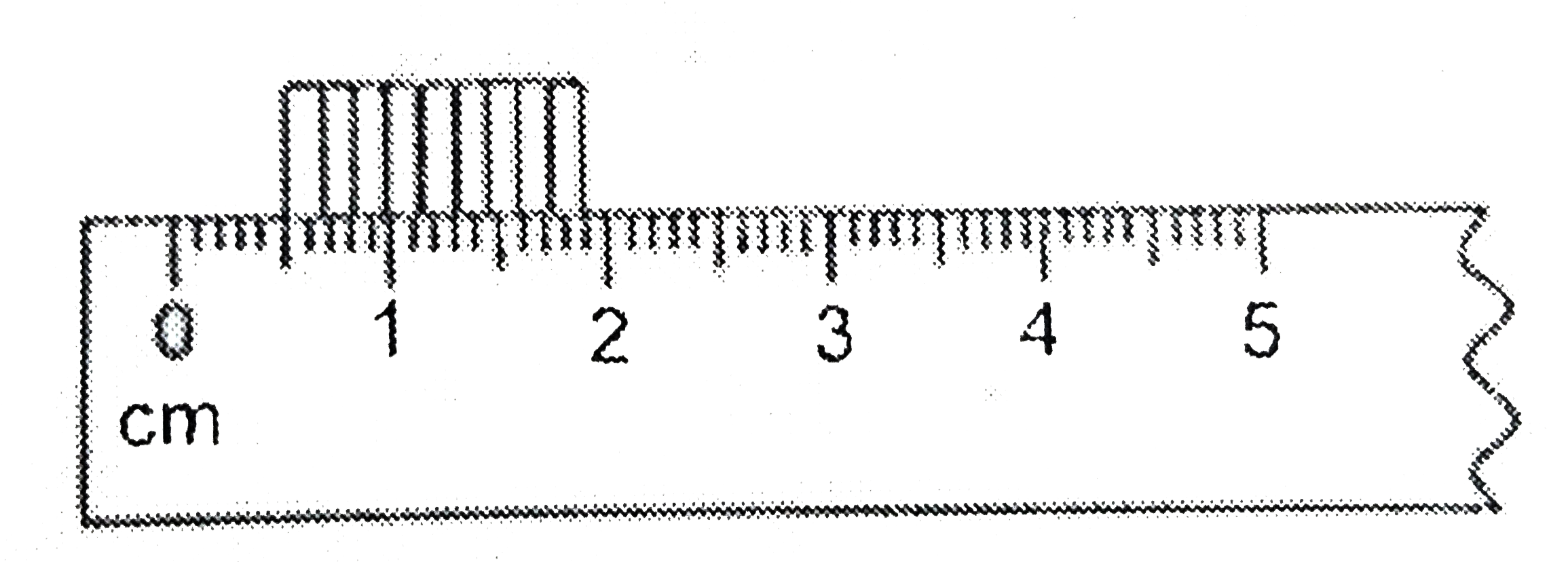In the figure shown, a light one rupee coin is placed on the card and the card is flicked with a push
What will be your observation if the given coin is replaced by a heavy five rupee coin . Justify your answer

Heavy coin will posses more inertia so it will fall in tumbler. Since mass is the measure of inertia, and a heavier body offers more inertia than a lighter body for all the three types of inertia
Topper's Solved these Questions
- FOOTSTEPS TOWARDS CBSE BOARDBOOK - MTG IIT JEE FOUNDATIONCHAPTER - FOOTSTEPS TOWARDS CBSE BOARDEXERCISE - Section - C
16 Videos
- FOOTSTEPS TOWARDS JEE MAIN BOOK - MTG IIT JEE FOUNDATIONCHAPTER - FOOTSTEPS TOWARDS JEE MAIN EXERCISE - Section B (Numerical Value Type Questions)
10 Videos
- FOOTSTEPS TOWARDS NEETBOOK - MTG IIT JEE FOUNDATIONCHAPTER - FOOTSTEPS TOWARDS NEETEXERCISE - Multiple Choice Question
45 Videos
Similar Questions
In the figure shown, a light one rupee coin is placed on the card and the card is flicked with a push
State the law involved in this case

View SolutionIn the figure shown, a light one rupee coin is placed on the card and the card is flicked with a push
What do you observe in this case and explain your observation ?

View Solution
Knowledge Check
When a card placed over a tumbler is flicked with the finger , the coin placed over it falls in the tumbler".
ALaw of conservation of energyBNewton's third law of motionCLaw of InertiaDLaw of conservation of momentumA one-rupee coin is placed on a plain paper. How many coins of the same size can be placed round it so that each one touches the central and adjacent coins?
A1. 3B2. 4C3. 7D4. 6A pile of identical one rupee coins are placed over a metre scale as shown in the figure. The thickness of a one rupee coin is_____
 A1.56mmB1.56cmC1.67mmD1.67cm
A1.56mmB1.56cmC1.67mmD1.67cm
Why does a coin, placed on a card, drop into the tumbler when the card is rapidly flicked with a finger?
View SolutionA one rupee coin is congruent to a five rupee coin. (True/False)
View SolutionArvind is a student of class IX. One day he had to visit a dentist in the morning because of severe toothache, so he reached late in the school. At that time, his classmates were doing physics experiments in the science laboratory. The science teacher, Mr. Bhatia, asked Arvind to stand alongside Rahul and observe carefully what he was doing. Rahul took a glass tumbler and placed a thick square card on its mouth. He then placed a coin above this card in middle. Rahul flicked the card hard with his fingers. On flicking, the card moved away but the coin dropped into the glass tumbler. After the experiment was over, Mr. Bhatia, asked Arvind to answer the following questions:
(a) What is the 'initial state' of the card? Why does the card move away when flicked with fingers?
(b) What is the 'initial state' of the coin? Why does coin not move away when the card is flicked with fingers?
(c) Which property of coin is exhibited by the fact that the coin drops into glass tumbler when card is flicked away with fingers and moves away? Explain your answer.
(d) What was Rahul trying to illustrate by performing this experiment?
(e) What values are displayed by Arvind in this episode?
View SolutionA bag contains 10 coins of which at least 2 are one-rupee coins. Two coins are drawn and both are found to be not one-rupee coins. What is the probability of the bag to contain exactly 2 one-rupee coins?
View SolutionA pile of identical one rupee coins are placed over a metre scale as shown in the figure. The thickness of a one rupee coin is_____

View Solution
